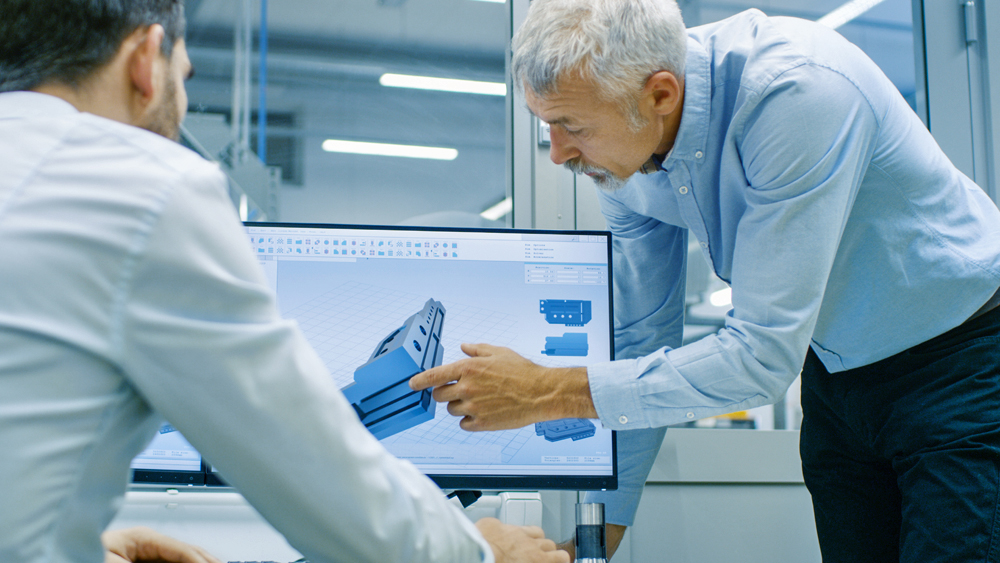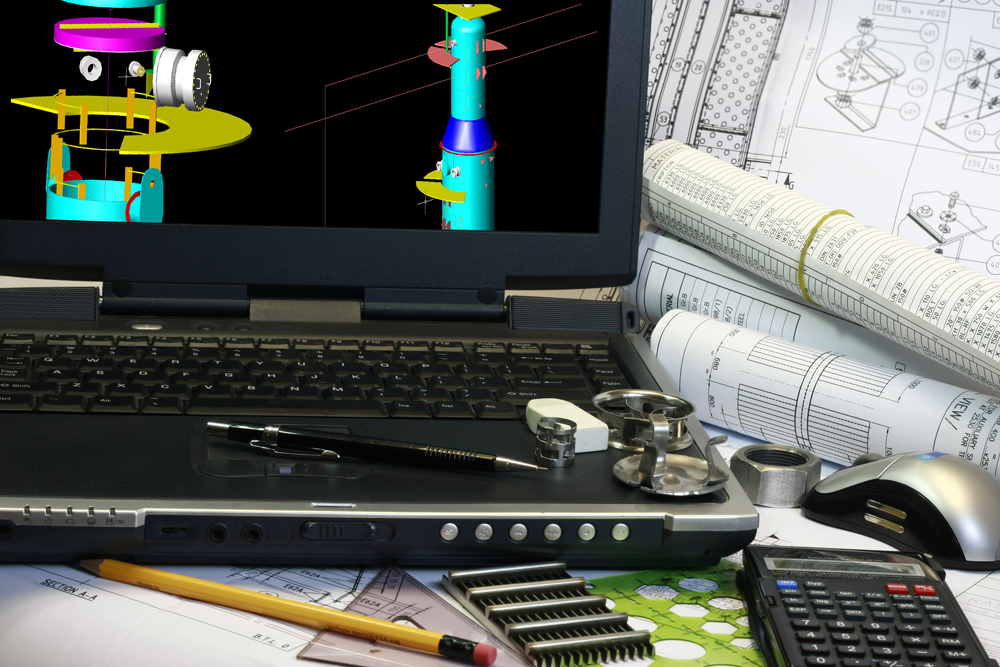Product Design

Designing a part can be a complex task involving many factors that address a requirements list of the application.
At BMI Injection Molding & Assembly, we know all of the questions to be asked. With that information, we have the cost-effective solutions to create the product that you have envisioned - turnkey.
“How is the part to be used?”
“How does it fit to other parts in the assembly?”
"What is the right material to use?"
"What mold tooling should be used?"
“What loads will the part experience in use?”

Design Considerations
In addition to functional and structural issues, processing issues play a large role in the design of a plastic injection molded part or 3D printed part.
How the molten plastic enters, fills, and cools within the cavity to form the part largely drives what form the features in that part must take. Adhering to some basic rules of injection molded part design will result in a part that, in addition to being easier to manufacture and assemble, will typically be much stronger in service. Dividing a part into basic groups will help you to build your part in a logical manner while minimizing molding problems. As a plastic part is developed, we always keep in mind how the part is molded and what you can do to minimize stress.
Because of computer assisted design and the flexibility that 3D printing offers, parts of unusual or complex sizes can be produced. 3D printing allows for flexible orientation. A part may be oriented at an angle, lying flat, or standing vertical. Traditional part production processes don’t allow the complexity of design that 3D printing can offer. Orientation factors into the outcome of surfaces and details on a 3D printed part. 3D printing builds one 2D layer at a time, so individual lines can appear as ribbed surfaces on parts. Some build orientations are better for square or curved features, and delicate features require special consideration. Applications with higher instances of warp or material deformation must account for large flat surfaces during build orientation. How a part is oriented determines where supports are added or needed within a build. Support can affect the material finish and accuracy of a 3D printed component. Because of BMI’s expertise in 3D printed parts technology, we can account for these factors and have introduced materials that are appropriate for final manufacture, which in turn has introduced the possibility of manufacturing finished components.
Transforming Ideas Into New Parts Products
- Part or product creation through launch.
- Product concept rendering.
- Industrial product design / 3D data.
- Intellectual property / patent search.
- Rapid/functional plastic prototypes.
- New product business analysis / product pricing.
- Product technical implementation.
- Product commercialization / launch.
